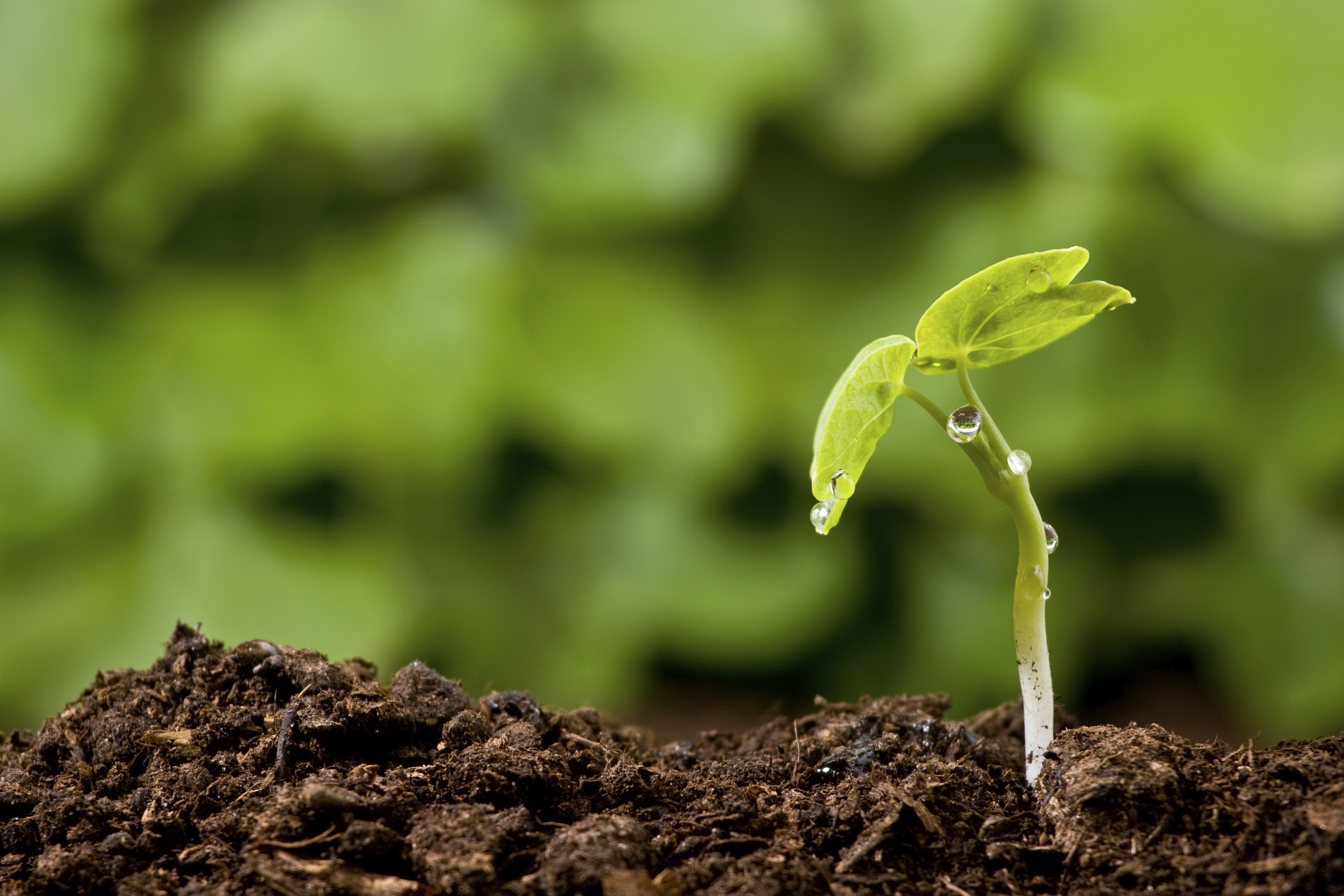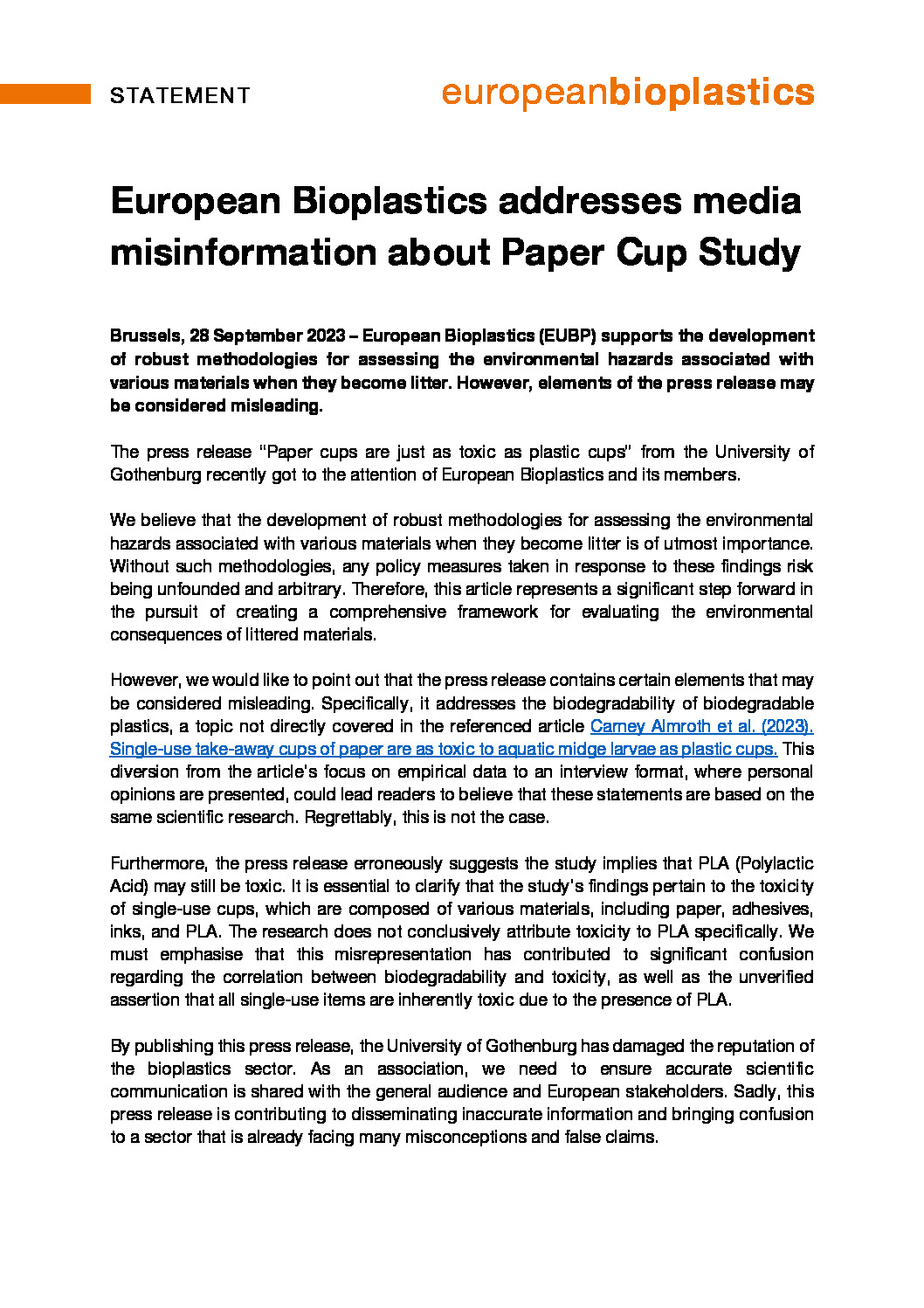Cosmeceuticals and Cosmetic Packaging Going Green to Meet Customers’ Requirements
The global cosmetics market size was valued at USD 262.21 billion in 2022 and is expected to expand at a compound annual growth rate (CAGR) of 4.2% from 2023 to 2030. One of the key factors driving the market expansion during the forecast period is the widespread increase in the adoption of skincare and [...]








